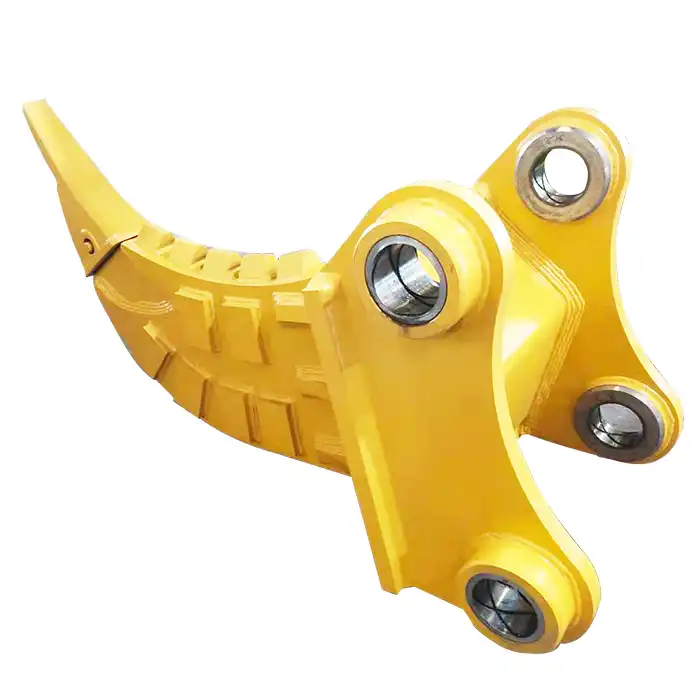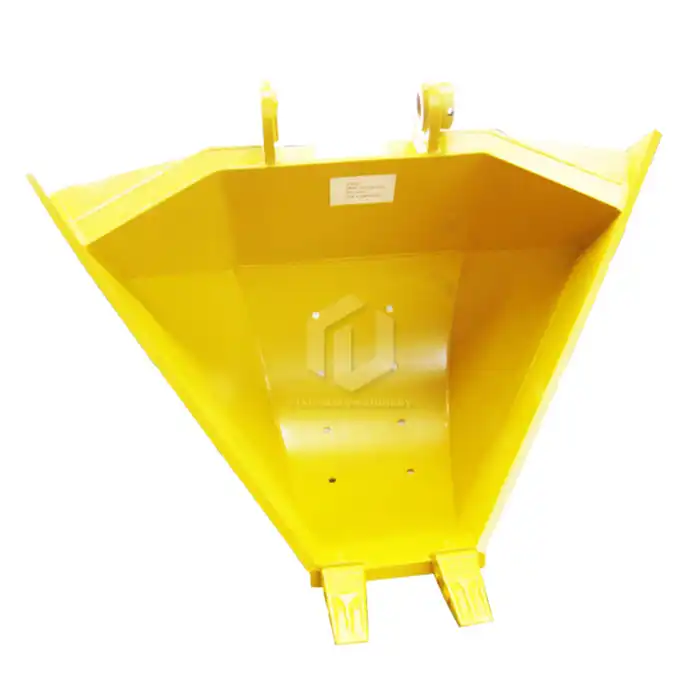How to operate a railway excavator ballast plow effectively?
Railway maintenance and construction projects often rely on specialized equipment to ensure the safety and efficiency of rail networks. One such crucial piece of machinery is the railway excavator ballast plow. This versatile tool plays a vital role in maintaining the integrity of railway tracks by clearing and shaping ballast. In this comprehensive guide, we'll explore the prerequisites for operating a ballast plow, provide step-by-step guidelines for its effective use, and discuss essential safety measures for operators.

What are the Prerequisites for Operating a Ballast Plow?
Before delving into the operation of a ballast plow, it's crucial to understand the prerequisites for its use. Proper preparation and knowledge are essential for ensuring both the efficiency of the operation and the safety of the operator and surrounding personnel.
First and foremost, operators must possess the necessary certifications and training to handle heavy machinery, specifically excavators equipped with ballast plows. This typically includes a valid heavy equipment operator's license and specific training on railway maintenance equipment. Familiarity with railway safety protocols and regulations is also crucial, as working on or near active rail lines requires a thorough understanding of potential hazards and safety procedures.
Additionally, operators should have a comprehensive understanding of the railway excavator ballast plow's specifications and capabilities. This includes knowledge of the plow's dimensions, working angles, and rotation capabilities. For instance, knowing that the plow can work with 7-15 ton excavators and has a maximum width of 2814 mm and height of 1096 mm is essential for planning and executing tasks effectively.
Before beginning any operation, a thorough site assessment is necessary. This involves evaluating the track conditions, identifying any obstacles or potential hazards, and determining the specific requirements of the ballast maintenance task at hand. Operators should also ensure that all necessary safety equipment, including personal protective gear, is available and in good condition.
Lastly, a clear understanding of the project's objectives and timeline is crucial. This allows operators to plan their work efficiently, minimizing disruption to rail services while maximizing the effectiveness of the ballast plow operation.
What are the Step-by-Step Guidelines for Using a Railway Excavator Ballast Plow?
Operating a railway excavator ballast plow effectively requires a systematic approach. By following these step-by-step guidelines, operators can ensure optimal performance and results.
1. Pre-operation inspection: Before starting the excavator, conduct a thorough inspection of both the machine and the ballast plow attachment. Check for any signs of wear, damage, or loose components. Ensure that all hydraulic connections are secure and that the plow is correctly attached to the excavator.
2. Positioning the excavator: Carefully position the excavator on stable ground adjacent to the railway track. Ensure that the machine is level and that there's sufficient clearance for the ballast plow to operate without obstruction.
3. Adjusting the plow: Utilize the hydraulic controls to adjust the plow's angle and height according to the specific requirements of the task. The ability to adjust the working angle allows for precise control over ballast shaping and clearing.
4. Initiating the plowing operation: Begin the plowing operation by slowly lowering the plow onto the ballast. Start with a light touch to gauge the resistance and adjust the depth as necessary. Remember that the goal is to shape and redistribute the ballast, not to remove excessive amounts of material.
5. Maintaining consistent speed and pressure: Move the excavator forward at a steady, controlled pace. Maintain consistent pressure on the ballast to ensure even distribution and shaping. The 360° rotation capability of the plow can be particularly useful when navigating curves or working around obstacles.
6. Clearing the track area: Focus on clearing excess ballast from between the tracks and alongside the rails. Pay special attention to areas around switches, crossings, and other track infrastructure that require precise ballast profiling.
7. Shaping the ballast profile: Use the plow to shape the ballast to the required profile. This typically involves creating a slight slope away from the tracks to facilitate proper drainage.
8. Periodic assessment: Regularly stop and assess the work progress. Check that the ballast is being shaped correctly and that no damage is being done to the track or surrounding infrastructure.
9. Finishing touches: Once the main plowing is complete, use the plow's precision controls to make any final adjustments to the ballast profile. This may include smoothing out any irregularities or ensuring proper ballast distribution around critical track components.
10. Post-operation procedures: After completing the task, carefully retract the plow and move the excavator to a safe location. Conduct a post-operation inspection of both the excavator and the plow attachment.
By following these guidelines, operators can maximize the efficiency and effectiveness of their railway excavator ballast plow operations, contributing to the overall safety and performance of the railway network.
How Can Operators Ensure Safety While Using a Ballast Plow?
Safety is paramount when operating heavy machinery, especially in the challenging environment of railway maintenance. When using a railway excavator ballast plow, operators must adhere to strict safety protocols to protect themselves, their colleagues, and the integrity of the railway infrastructure.
First and foremost, personal protective equipment (PPE) is non-negotiable. Operators should always wear appropriate safety gear, including hard hats, high-visibility clothing, safety glasses, steel-toed boots, and hearing protection. This equipment protects against common hazards associated with heavy machinery and railway environments.
Before beginning any operation, a comprehensive site safety assessment is crucial. This involves identifying potential hazards such as overhead power lines, nearby structures, or unstable ground conditions. Operators should also be aware of any active rail traffic and coordinate their work with the relevant railway authorities to ensure safe working conditions.
Proper machine operation is key to safety. Operators should always follow the manufacturer's guidelines for the excavator and the ballast plow attachment. This includes adhering to weight limits, operating speeds, and recommended maintenance schedules. The hydraulic control operation mode of the railway excavator ballast plow allows for precise control, but operators must be trained in its proper use to avoid accidents.
Communication is another critical aspect of safety. Operators should maintain constant communication with ground personnel and railway coordinators. Clear hand signals or radio communication protocols should be established and followed to prevent misunderstandings that could lead to accidents.
Awareness of the surrounding environment is crucial. Operators must constantly monitor their work area for any changes in conditions or the presence of unauthorized personnel. The 360° rotation capability of the ballast plow can be advantageous for maintaining situational awareness, but operators must use this feature judiciously to avoid collisions or overextension.
Regular maintenance and inspections are essential for ensuring the continued safe operation of the railway excavator ballast plow. Daily pre-operation checks should be conducted to identify any potential issues before they become safety hazards. Any signs of wear, damage, or malfunction should be addressed immediately by qualified maintenance personnel.
Operators should also be trained in emergency procedures and have a clear understanding of what to do in case of equipment failure, accidents, or other unforeseen circumstances. This includes knowing how to safely shut down the equipment and evacuate the area if necessary.
Lastly, it's important to recognize the physical and mental demands of operating heavy machinery. Operators should take regular breaks to prevent fatigue, which can significantly impair judgment and reaction times. Maintaining good health and alertness is crucial for safe operation.
China Railway Excavator Ballast Plow
The railway excavator ballast plow is an indispensable tool in the maintenance and construction of railway networks. Its effective operation requires a combination of proper training, careful preparation, and adherence to safety protocols. By following the guidelines outlined in this article, operators can maximize the efficiency of their ballast plow operations while ensuring the safety of personnel and the integrity of railway infrastructure.
For those in need of a high-quality railway excavator ballast plow, Tiannuo Machinery offers a superior solution. Our ballast plow is designed to work seamlessly with 7-15 ton excavators, making it an ideal choice for a wide range of railway maintenance and construction projects. With its impressive maximum width of 2814 mm and height of 1096 mm, our plow can cover large areas efficiently, reducing operation time and costs.
The fully adjustable working angle and 360° rotation capability of our ballast plow provide unparalleled flexibility and precision in various track conditions. Constructed from high-strength alloy plate, our plow is built to withstand the demanding conditions of railway environments, ensuring long-lasting durability and reliability.
If you're looking for a railway excavator ballast plow manufacturer that combines quality, efficiency, and durability, we invite you to reach out to Tiannuo Machinery. Contact our manager at arm@stnd-machinery.com, or get in touch with our team at rich@stnd-machinery.com and tn@stnd-machinery.com. Let us help you optimize your railway maintenance operations with our state-of-the-art ballast plow technology.
References:
[1] Federal Railroad Administration. (2020). Track Safety Standards Compliance Manual.
[2] Occupational Safety and Health Administration. (2021). Construction Industry Safety and Health.
[3] American Railway Engineering and Maintenance-of-Way Association. (2019). Manual for Railway Engineering.
[4] International Union of Railways. (2018). Best Practices in Railway Maintenance.
[5] National Safety Council. (2022). Personal Protective Equipment for Construction Workers.
[6] Railway Track and Structures. (2021). Maintenance of Way Equipment: Best Practices and Safety Guidelines.

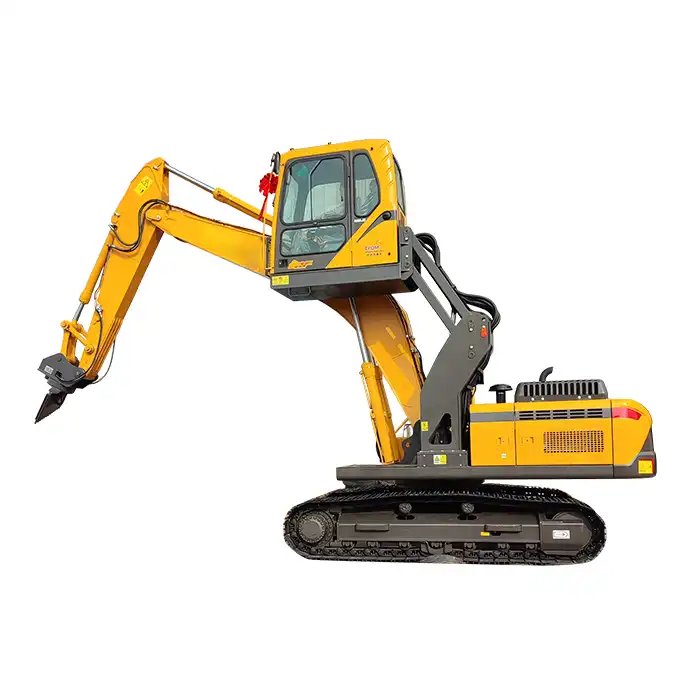
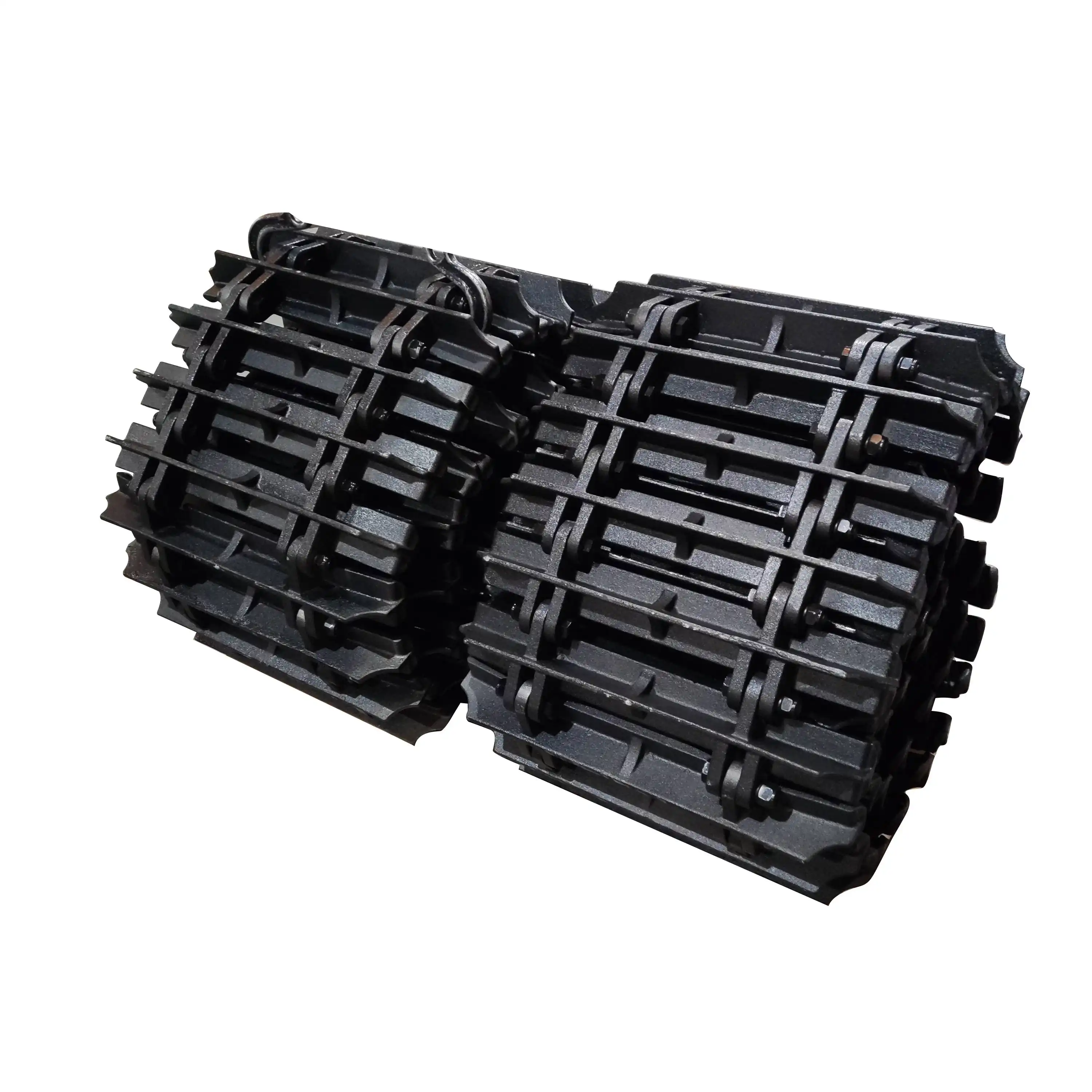
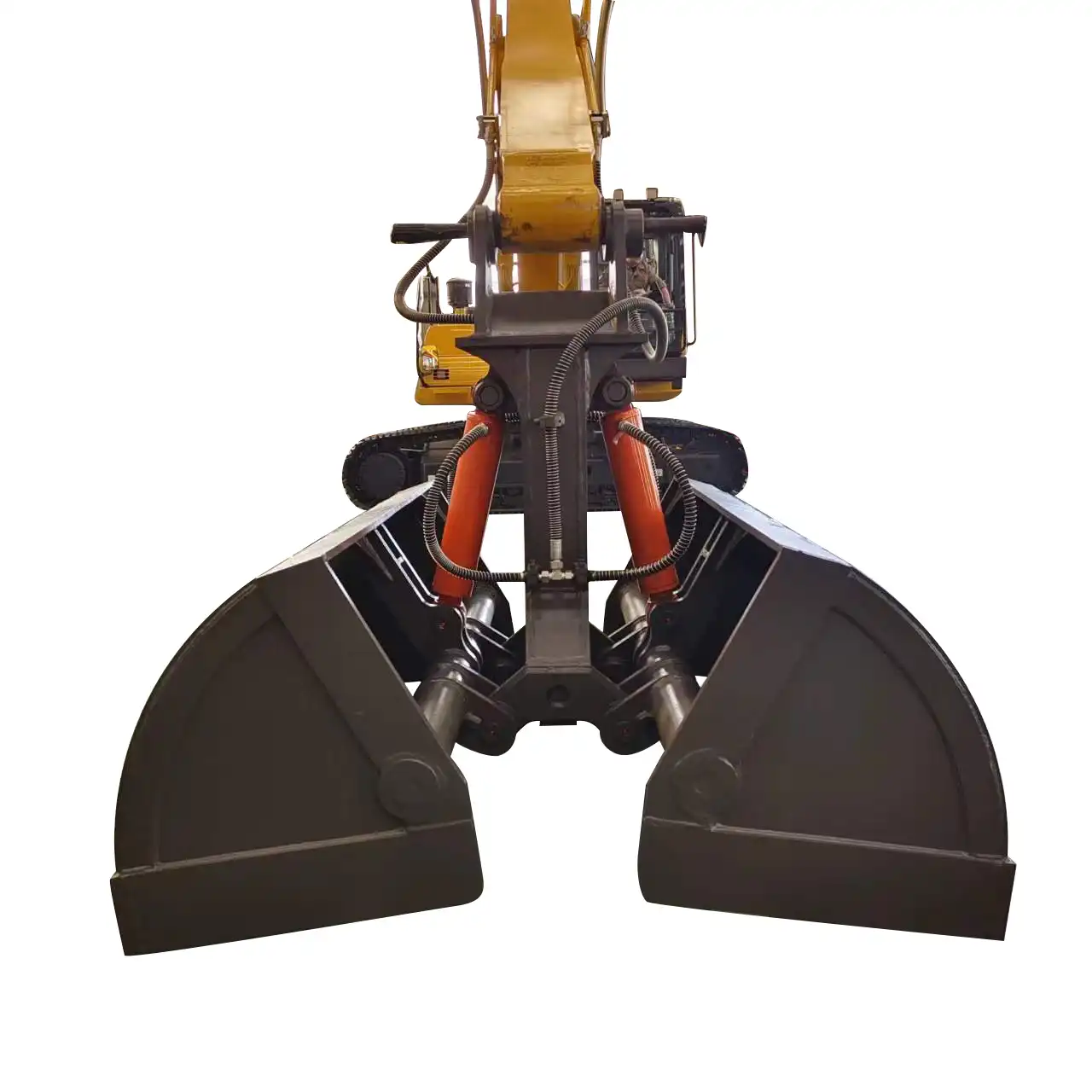
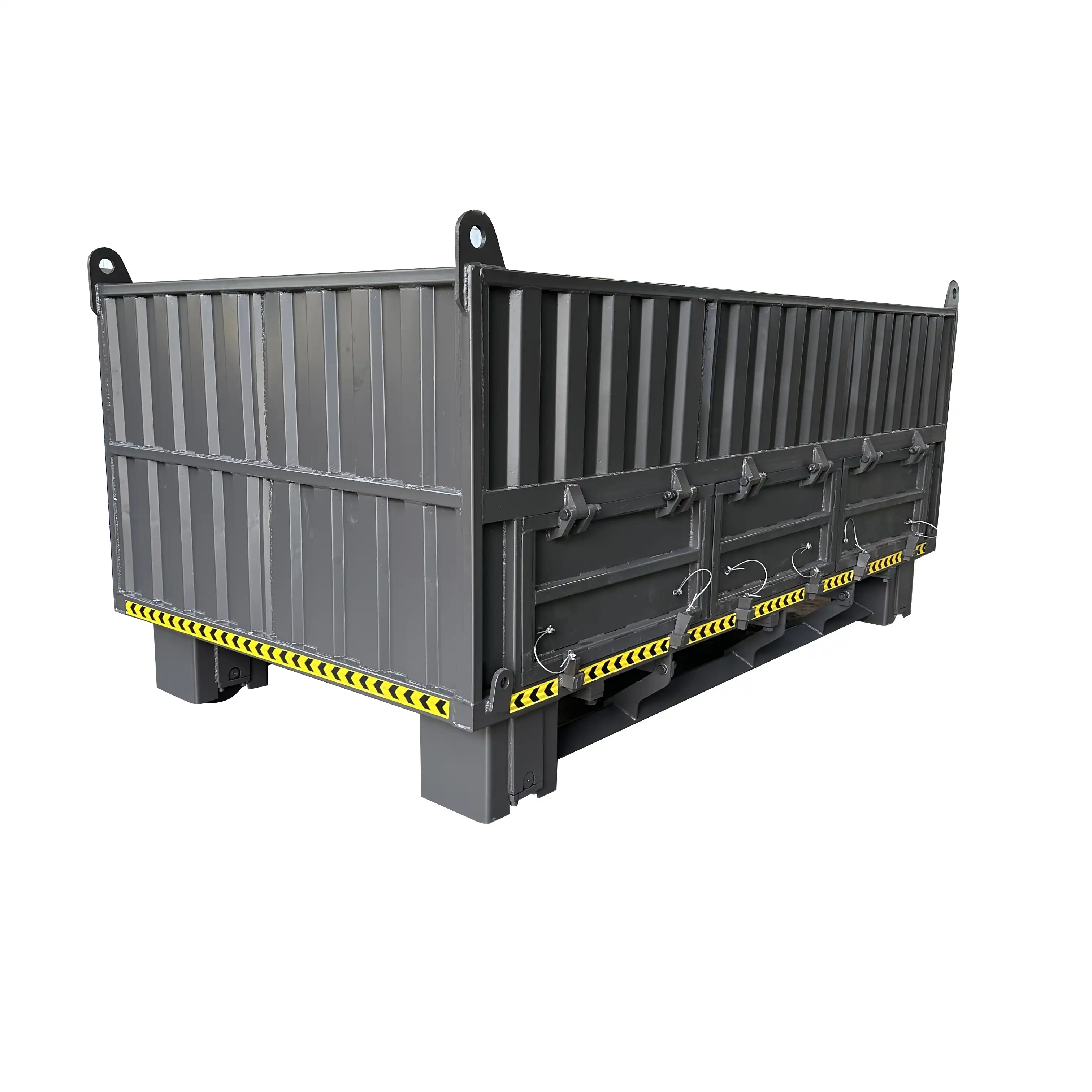
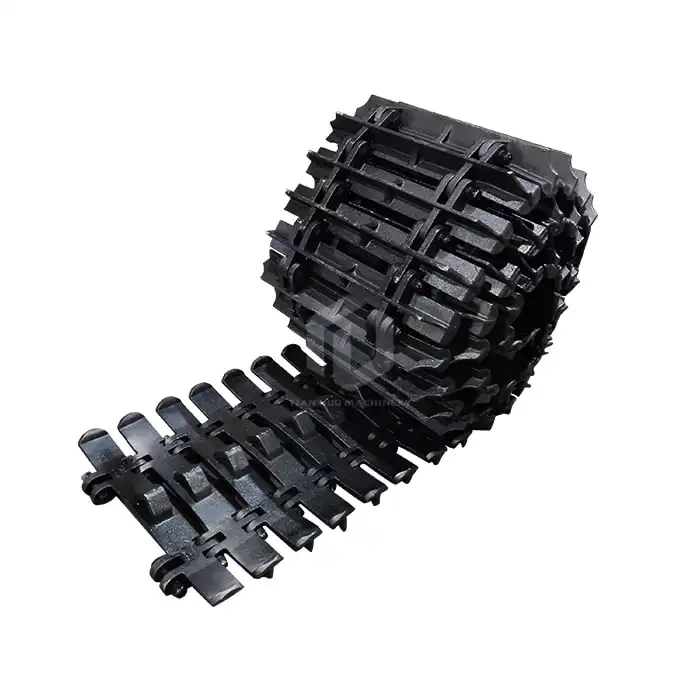
_1733877348138.jpg)
